Comprehensive Analysis of BLITZ Department Store Data: Report
VerifiedAdded on 2020/03/02
|9
|652
|167
Report
AI Summary
This report analyzes data from the BLITZ Department Store, focusing on customer demographics, spending habits, and shopping behavior. Part 1 includes an email summarizing the statistical analysis of survey data. It covers customer age distribution, comparison of customer age across different cities (Melbourne, Perth, and Sydney), and the relationship between age and spending. The report also examines the proportion of customers shopping in the beauty section, including confidence intervals for each city and the probability of a customer shopping in the beauty section based on their gender. Part 2 presents the Excel output for the analysis, providing a comprehensive view of the data and findings. The analysis uses inferential statistical tests to draw conclusions and recommendations based on the survey data.
1 out of 9
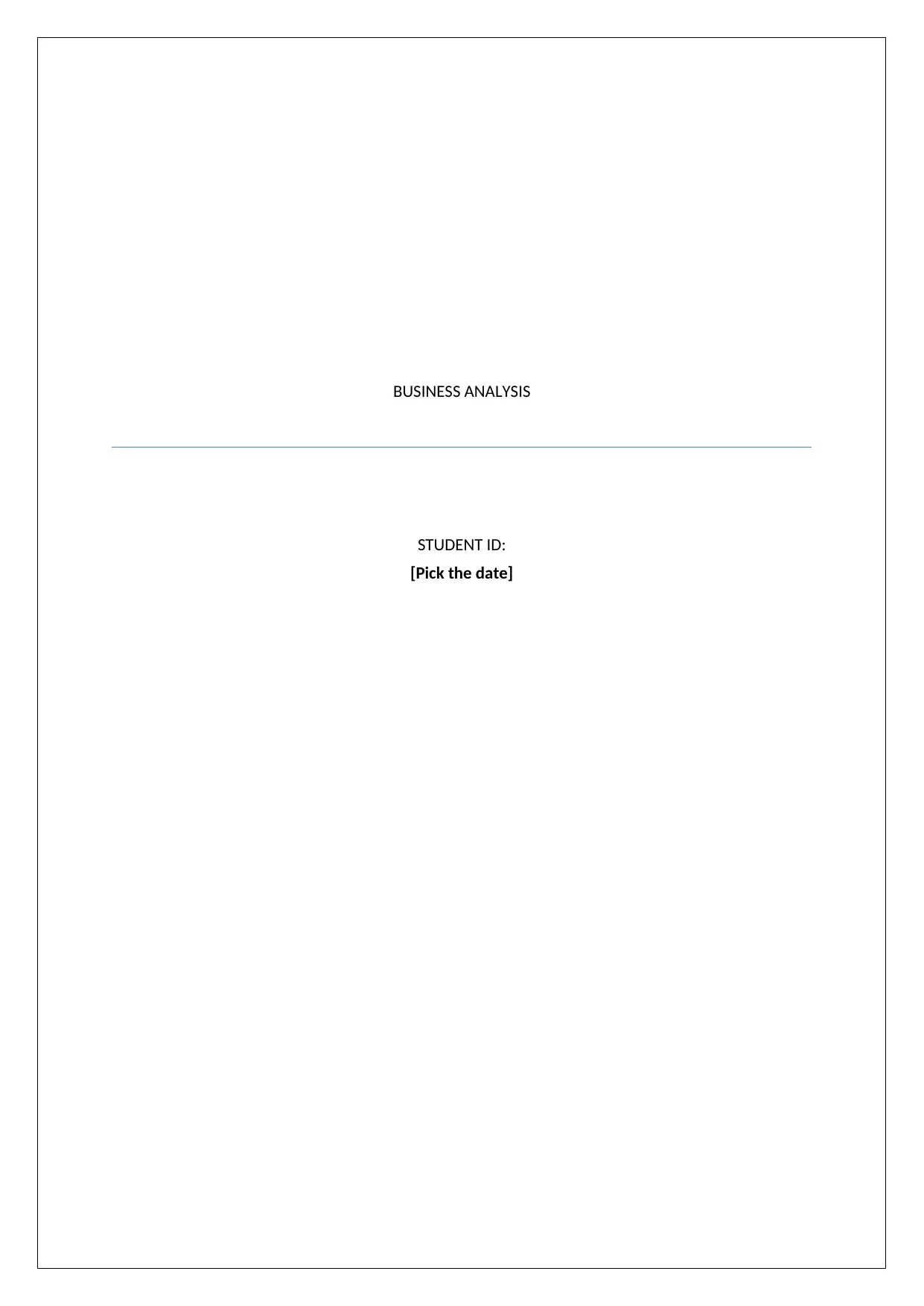
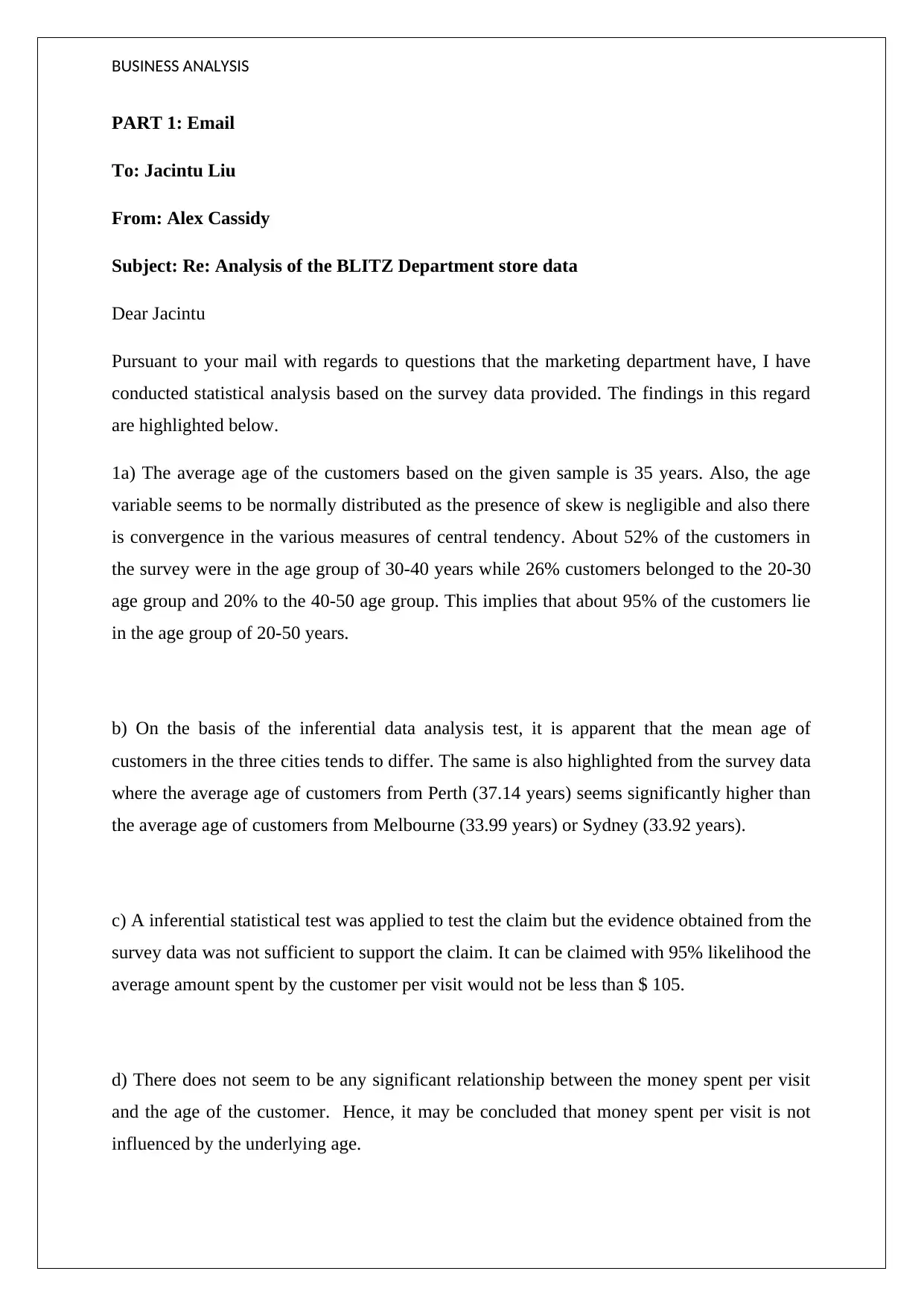
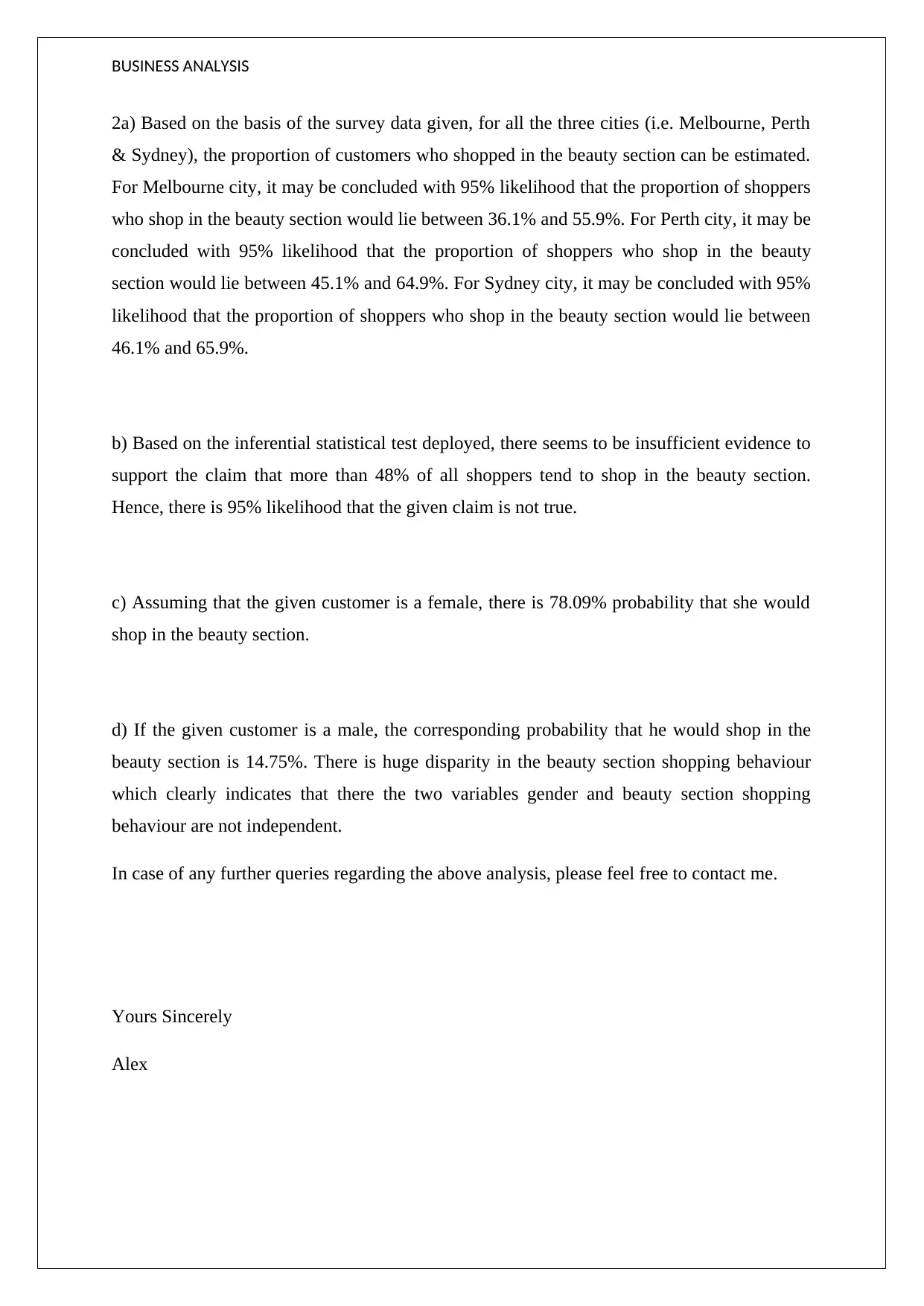

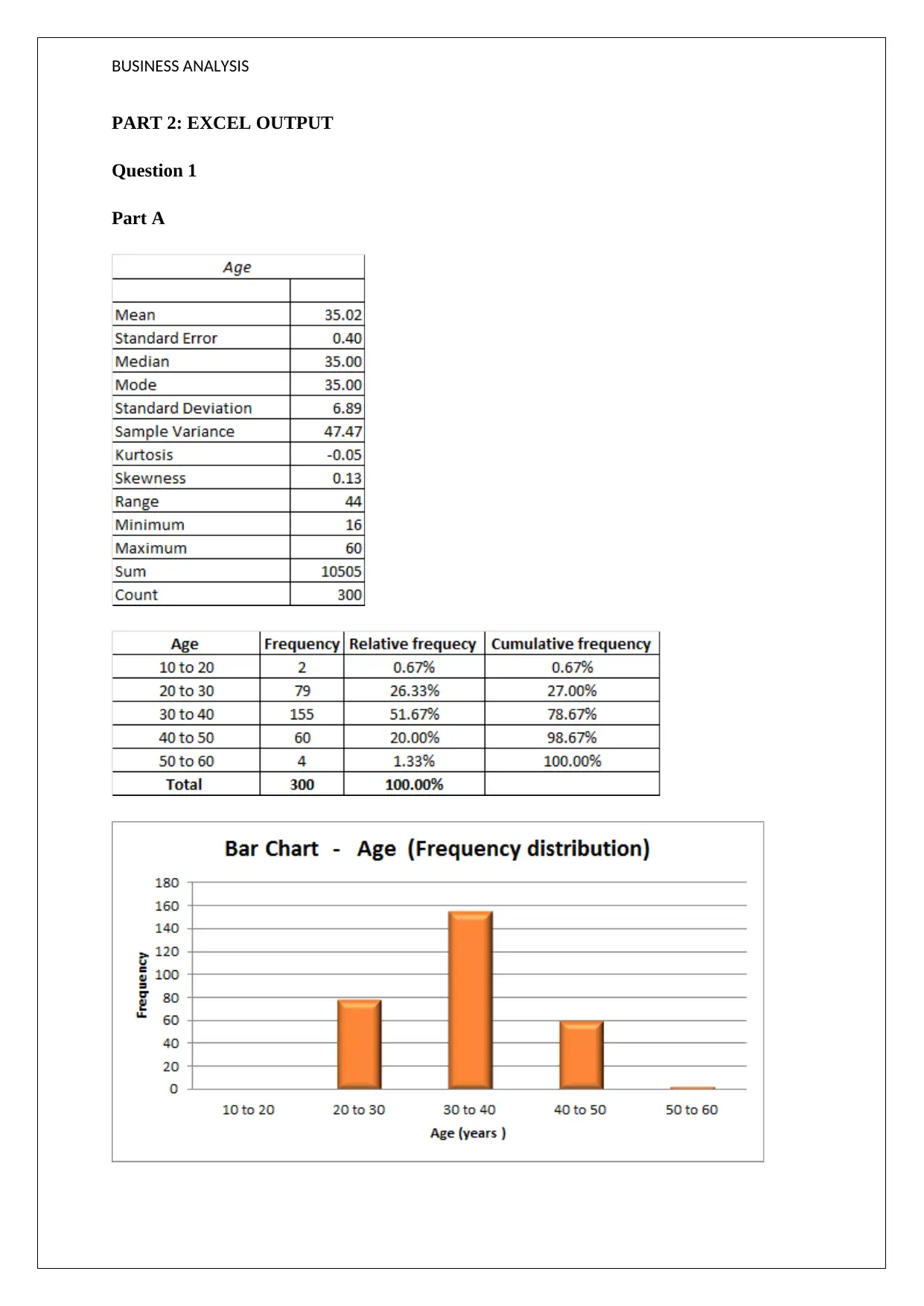
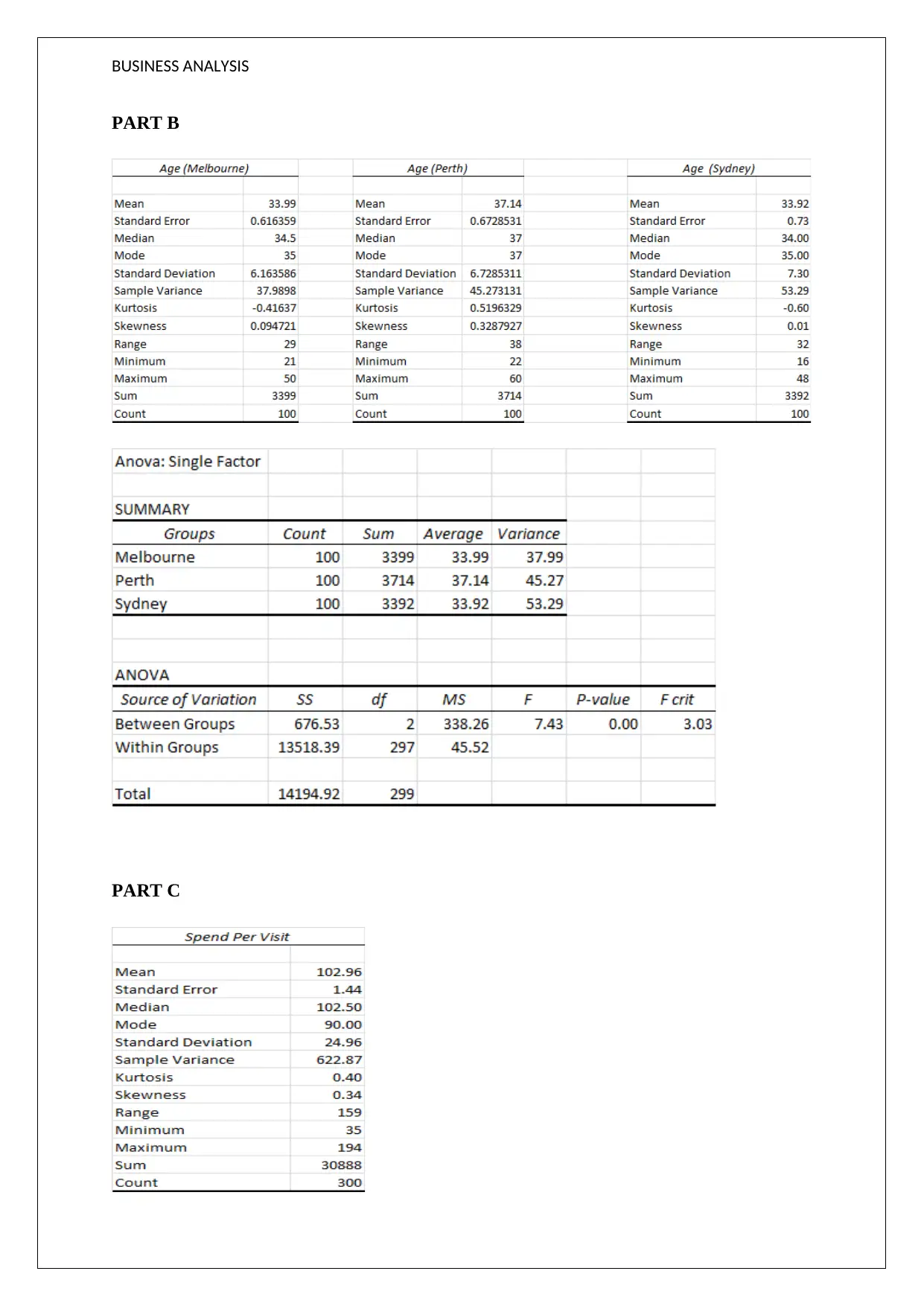
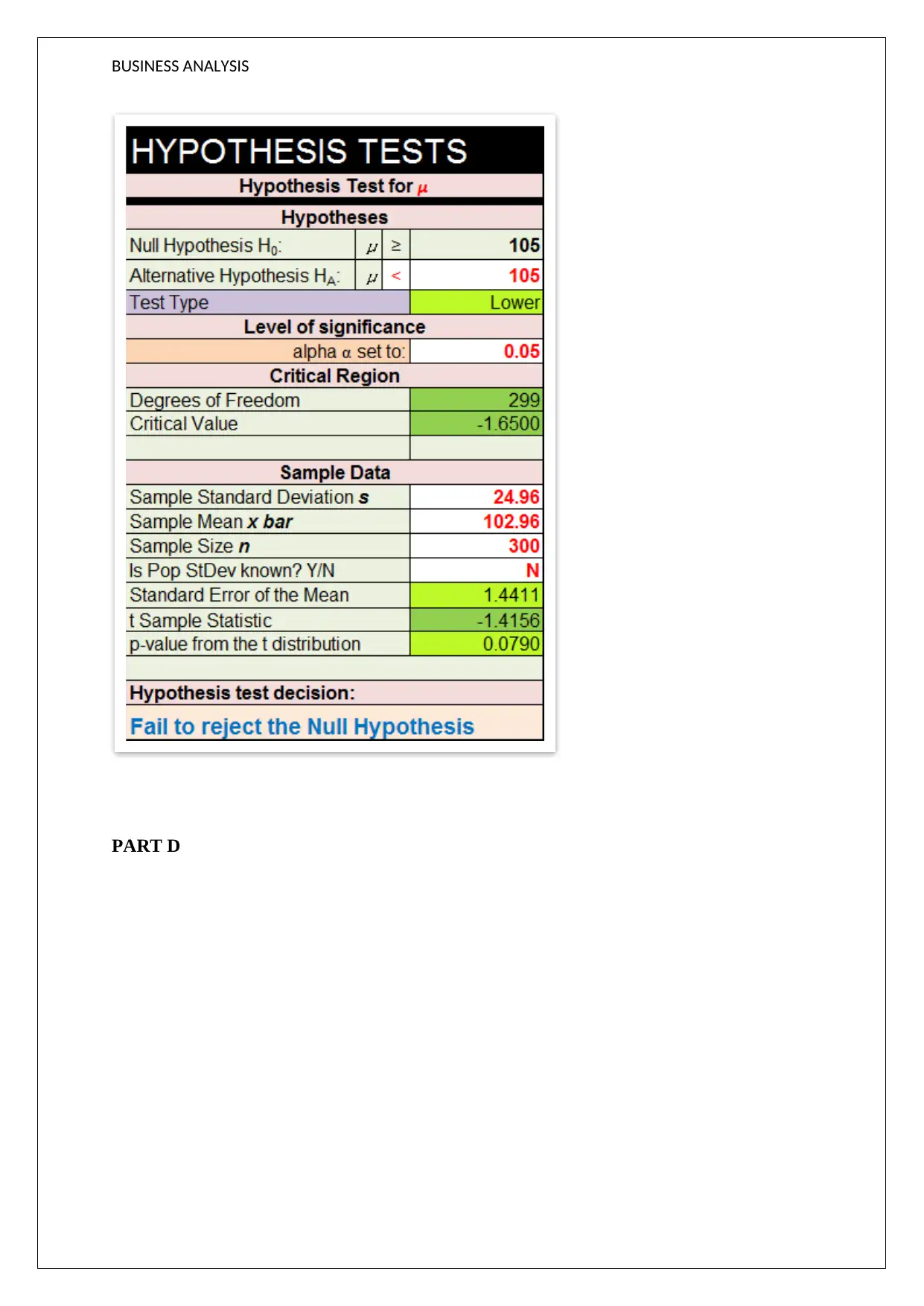
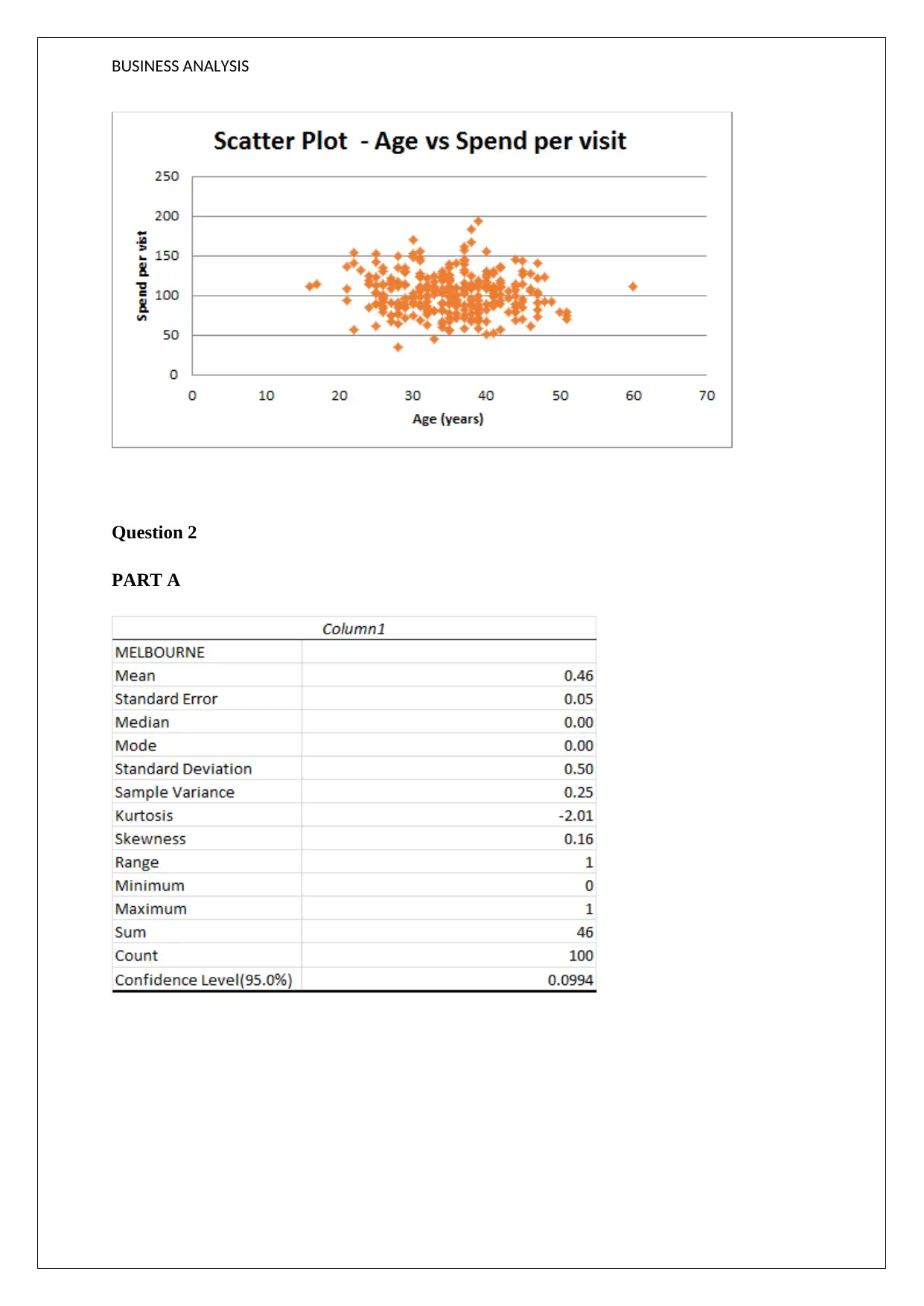
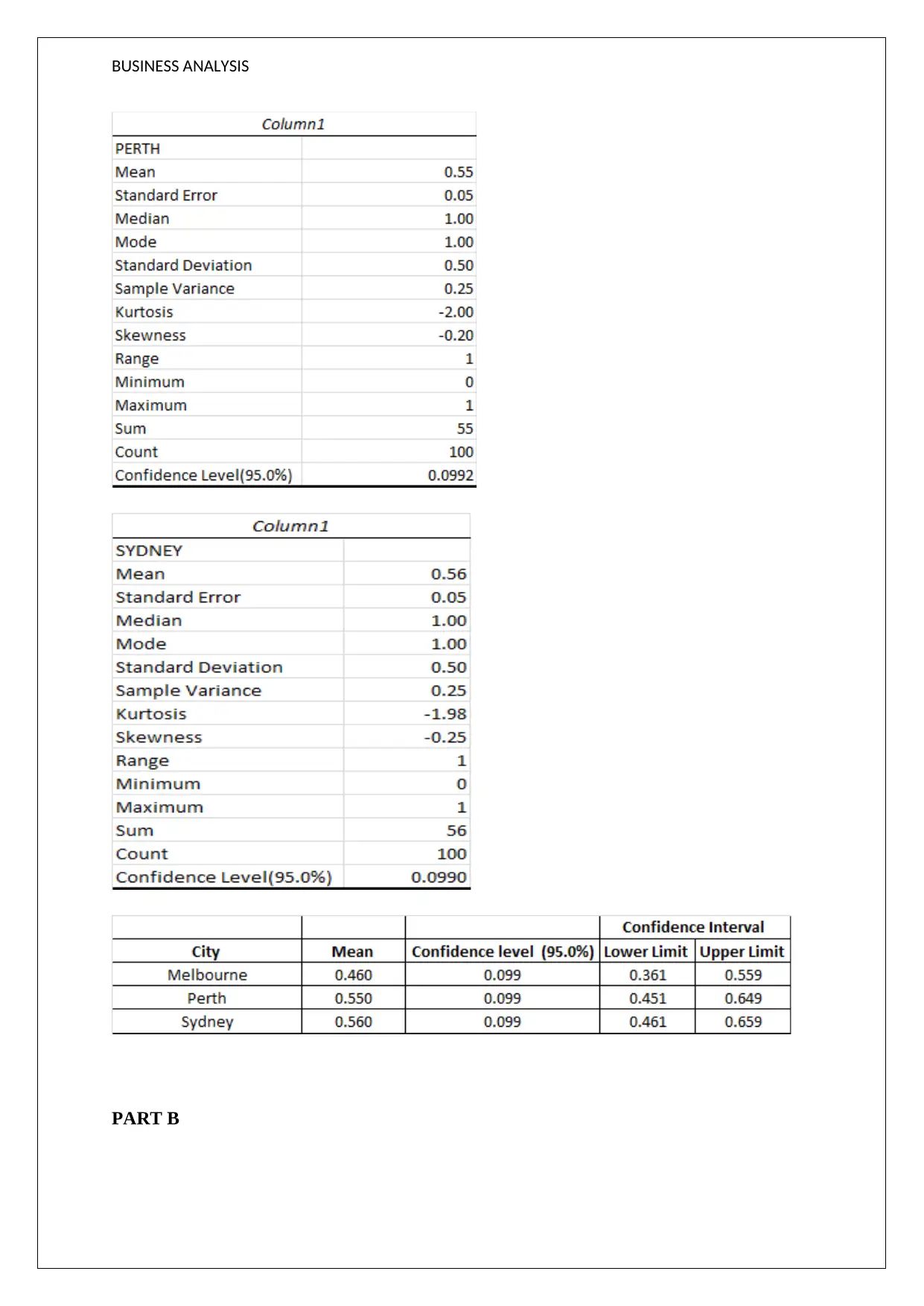
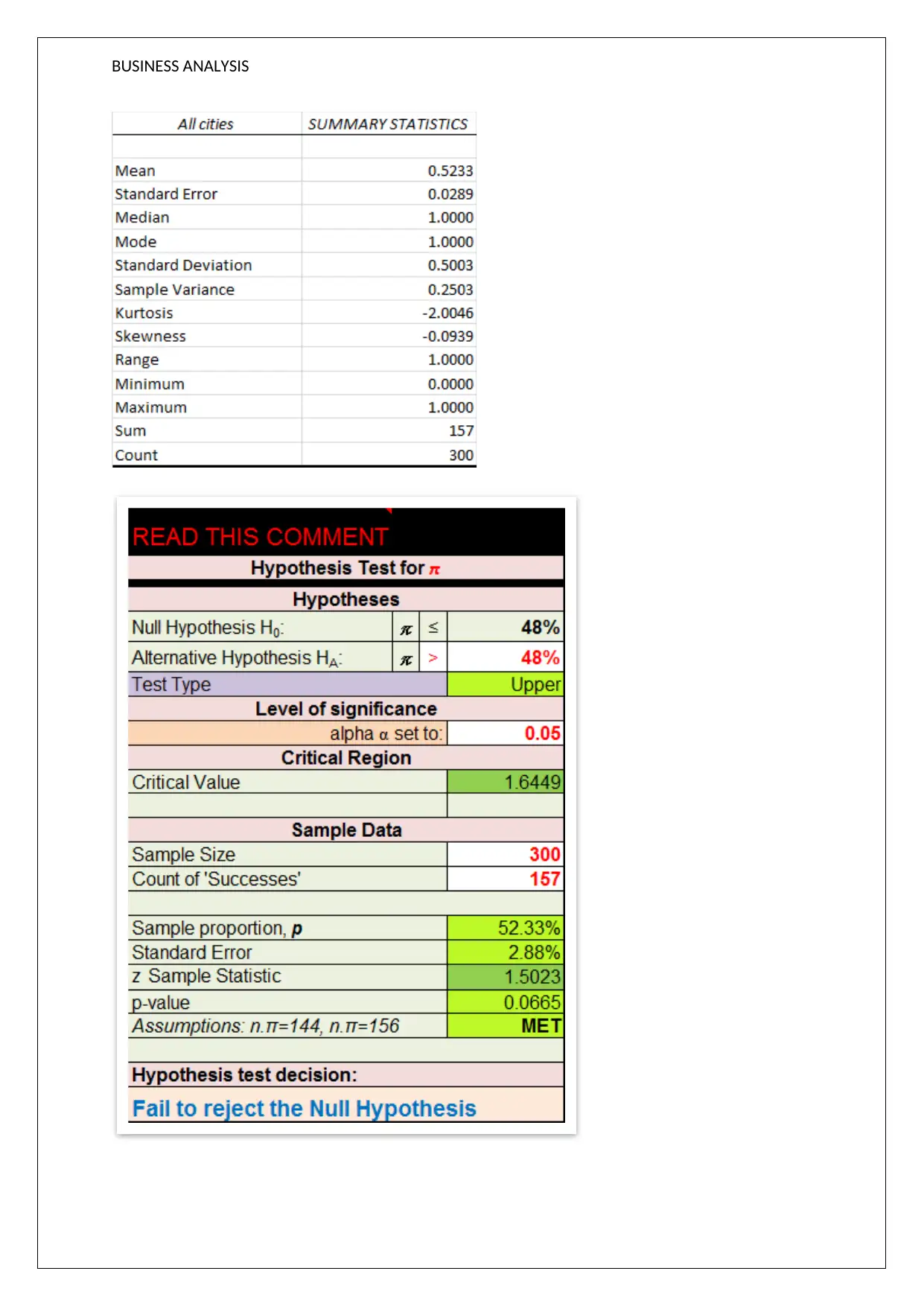




![[object Object]](/_next/static/media/star-bottom.7253800d.svg)